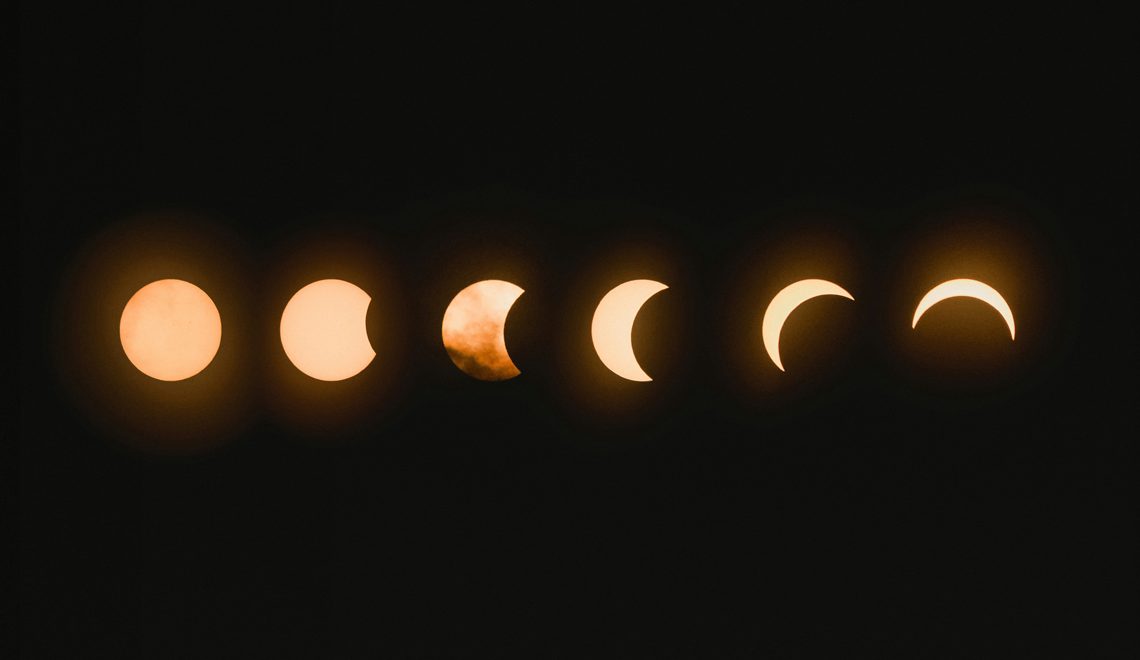Capturing Lunar Magic: The Art and Science of Moon Phase Prints

The moon, with its ever-changing phases, has fascinated humanity for millennia. Its influence on tides, its serene presence in the night sky, and its symbolic meanings across various cultures make it a subject of intrigue and admiration. Moon phase prints capture this celestial beauty, blending art and science to create stunning visual representations. This article delves into the art and science behind these prints, exploring their historical significance, creation techniques, and the profound impact they have on art enthusiasts and collectors alike.
The Historical Significance of Moon Phase Prints
Throughout history, the moon has been a powerful symbol in numerous cultures. Ancient civilizations, such as the Egyptians, Greeks, and Mayans, closely observed the moon and its phases, integrating its cycles into their calendars and religious practices. Moon phase prints can be traced back to these early observations, where artisans and astronomers documented the lunar phases in their work.
In the 19th century, the advent of lithography revolutionized the way lunar phases were depicted. Artists like John Russell and Johann Schröter created detailed lunar maps and phase prints, combining scientific accuracy with artistic flair. These prints not only served educational purposes but also became cherished artworks, reflecting the moon’s mystical allure.
The Art of Moon Phase Prints
Artistic Techniques and Styles
Creating moon phase prints is an intricate art that requires a deep understanding of both astronomy and artistic techniques. Artists use various mediums such as watercolor, ink, and digital tools to capture the moon’s phases. Each phase, from the new moon to the full moon, presents unique challenges and opportunities for artistic expression.
Watercolor prints are known for their ethereal and delicate quality. The translucent nature of watercolors beautifully represents the subtle transitions between moon phases. Artists often use washes and gradients to depict the soft glow and shadows of the moon.
Ink and pen drawings, on the other hand, offer a more detailed and precise representation. The stark contrast of black ink on white paper highlights the craters and textures of the lunar surface. This technique requires meticulous attention to detail, as each stroke contributes to the overall realism of the print.
Digital art has opened new horizons for moon phase prints. Using advanced software, artists can create highly detailed and accurate representations of the moon. Digital tools also allow for experimentation with colors, textures, and effects that are difficult to achieve with traditional mediums.
Incorporating Symbolism and Meaning
Moon phase prints are not just scientific illustrations; they are imbued with symbolism and meaning. Each phase of the moon carries its own significance. For instance, the new moon symbolizes beginnings and potential, while the full moon represents completeness and enlightenment.
Artists often incorporate these symbolic meanings into their prints. A new moon print might be designed with elements that suggest growth and new beginnings, such as budding plants or rising suns. A full moon print, in contrast, might feature themes of culmination and clarity with bright, expansive landscapes or clear night skies.
The Science Behind Moon Phase Prints
Astronomical Accuracy
The beauty of moon phase prints lies not only in their artistic appeal but also in their scientific accuracy. Accurate moon phase prints require a thorough understanding of the lunar cycle, which is approximately 29.5 days long. Artists and scientists collaborate to ensure that each phase is depicted correctly, from the waxing crescent to the waning gibbous.
Modern technology has significantly enhanced the precision of these prints. High-resolution images from telescopes and lunar missions provide detailed references for artists. Software programs can simulate the lunar phases, allowing artists to create accurate and dynamic representations.
Understanding the Lunar Cycle
The lunar cycle consists of eight primary phases: new moon, waxing crescent, first quarter, waxing gibbous, full moon, waning gibbous, last quarter, and waning crescent. Each phase is a result of the moon’s position relative to the Earth and the Sun.
- The new moon occurs when the moon is between the Earth and the Sun, rendering it invisible to the naked eye.
- The waxing crescent phase follows, where a sliver of the moon becomes visible.
- During the first quarter, half of the moon is illuminated.
- The waxing gibbous phase shows more than half but less than the full moon.
- The full moon is when the moon is fully illuminated and visible.
- The waning gibbous follows as the moon begins to decrease in visibility.
- The last quarter shows half of the moon again, but in reverse illumination compared to the first quarter.
- Finally, the waning crescent phase leads back to the new moon, completing the cycle.
Understanding these phases is crucial for creating accurate moon phase prints. Artists must depict the correct amount of illumination and shadow for each phase, ensuring that their work reflects the true nature of the lunar cycle.
Collecting and Displaying Moon Phase Prints
Why Collect Moon Phase Prints?
Moon phase prints have become popular collectibles due to their blend of art and science. Collectors are drawn to their aesthetic beauty, historical significance, and the meticulous craftsmanship involved in their creation. These prints often evoke a sense of wonder and connection to the cosmos, making them cherished additions to art collections.
Choosing the Right Print
When selecting a moon phase print, collectors should consider several factors:
- Artistic Style: Choose a style that resonates with your personal taste, whether it be watercolor, ink, or digital art.
- Accuracy: Ensure the print accurately represents the lunar phases. Authentic prints will reflect the correct illumination and positioning of the moon.
- Quality: Look for prints made with high-quality materials and printing techniques. Archival paper and inks ensure longevity and durability.
- Artist Reputation: Research the artist’s background and reputation. Established artists with a history of creating astronomical art are more likely to produce high-quality prints.
Displaying Your Collection
Proper display enhances the beauty and impact of moon phase prints. Consider the following tips:
- Framing: To preserve the prints, use high-quality frames with UV-protective glass. Choose frames that complement the artwork without overpowering it.
- Lighting: Ensure adequate lighting to highlight the details of the prints. Avoid direct sunlight, which can fade the artwork over time.
- Arrangement: Curate a gallery wall with multiple moon phase prints to create a cohesive and captivating display. Arrange them in chronological order of the lunar phases for a visually appealing and educational exhibit.
The Future of Moon Phase Prints
As technology and artistic techniques continue to evolve, the future of moon phase prints looks promising. Emerging artists are experimenting with new mediums and styles, pushing the boundaries of this unique art form. Advances in digital imaging and printing technology will further enhance the accuracy and detail of these prints, making them even more stunning and sought after.
In conclusion, moon phase prints are a beautiful fusion of art and science, capturing the lunar cycle’s magic and mystery. Whether you’re an art enthusiast, a collector, or simply someone who appreciates the moon’s beauty, these prints offer a unique and captivating way to connect with our celestial neighbor.
Feature Image Bymark Tegethoff | Unsplash
More to Love!
Transform Your Walls with Prints
Living Room Magic: Personalized Poster Prints for Cozy Ambiance





